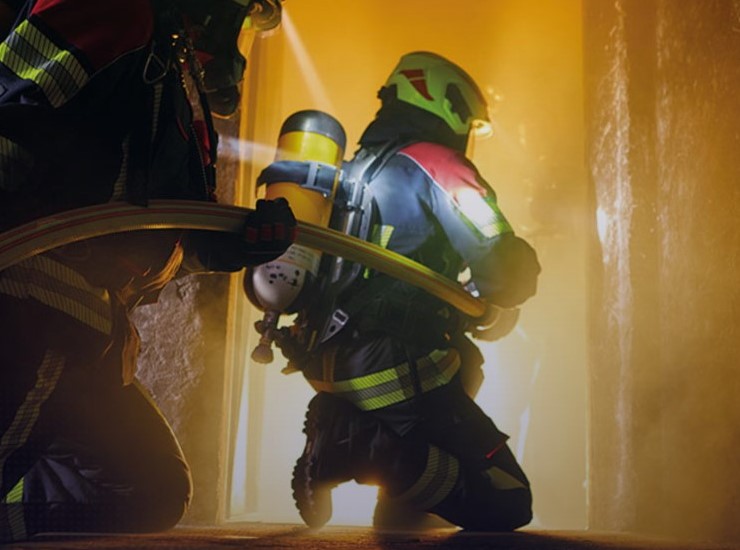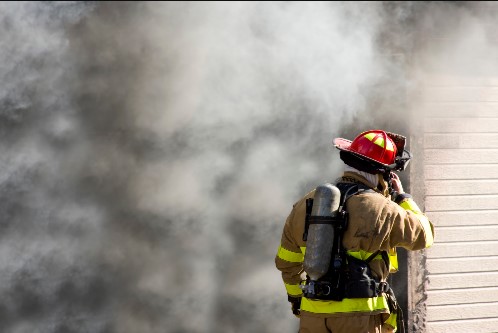In the high-risk profession of firefighting, the safety and efficiency of firefighters are paramount. Over the years, advancements in technology have significantly improved the personal protective equipment (PPE) used by firefighters, with a particular focus on breathing apparatus. The Self-Contained Breathing Apparatus (SCBA) has undergone remarkable developments, enhancing firefighters’ ability to combat fires while safeguarding their health against the inhalation of toxic gases and smoke.
The Early Days: From Air Tanks to Modern SCBA
The inception of SCBA units dates back to the early 20th century when air tanks were cumbersome and provided a limited air supply. These early models were heavy, making it challenging for firefighters to maneuver swiftly during rescue operations. The need for improvement was clear, leading to innovations aimed at increasing mobility, air capacity, and overall effectiveness.
Carbon Fiber Cylinders: A Game-Changer
A significant breakthrough in the evolution of SCBA technology was the introduction of carbon fiber cylinders. These cylinders are constructed from a robust aluminum core, wrapped in carbon fiber, making them much lighter than their steel counterparts. This reduction in weight allows firefighters to move more freely, extending the duration of rescue operations without the burden of excessive fatigue. The adoption of carbon fiber cylinders has been a pivotal factor in enhancing the performance and safety of firefighters on the front lines.
Technological Innovations and Integration
Modern SCBAs are not just about providing breathable air; they have evolved into sophisticated systems integrated with cutting-edge technology. Features such as heads-up displays (HUDs) give firefighters real-time information on air supply, thermal imaging cameras assist in navigating through smoke-filled environments, and communication systems enable clear audio transmission, even in the loudest conditions. The lightweight nature of carbon fiber cylinders plays a crucial role in accommodating these additional technologies without compromising the apparatus’s overall weight.
Training and Safety Improvements
The advancements in SCBA technology have also impacted firefighter training and safety protocols. Training programs now incorporate realistic scenarios that mimic the challenges faced during actual firefighting operations, allowing firefighters to adapt to the use of advanced equipment. Moreover, the emphasis on routine checks and maintenance of SCBA units, especially the inspection of carbon fiber cylinders for integrity and air quality, has heightened, ensuring the apparatus’s reliability when lives are at stake.
Looking to the Future
As we look ahead, the future of firefighter breathing apparatus appears promising, with ongoing research and development aimed at further enhancing their safety, comfort, and efficiency. Innovations such as smart sensors for monitoring air quality and usage, augmented reality for improved situational awareness, and even lighter and more resilient materials for cylinders are on the horizon. These advancements promise to elevate the standards of firefighter equipment, enabling firefighters to perform their duties with an unprecedented level of safety and effectiveness.
Conclusion
The evolution of breathing apparatus for firefighters exemplifies the commitment to continuously improving the tools and technologies that safeguard our first responders. From the early air tanks to today’s technologically advanced SCBAs with carbon fiber cylinders, each development represents a step forward in ensuring firefighters can operate safely and efficiently in the most hazardous conditions. As technology progresses, we can expect further innovations that will redefine the limits of firefighter safety and performance, affirming our dedication to those who risk their lives to protect ours.
Post time: Apr-03-2024


